How to mount a drive as a folder in Windows 11
Why stick to boring drive names? Better organize your storage and mount them into folders in Windows 11.
Windows lets you change the letters assigned to drives and disk partitions, but can you also change the path of a mounted drive to make it appear as a folder?
If you want your new drive to look and behave like a folder, here’s how to set one up in Windows.
Why should you mount a drive as a folder in Windows?
When Windows detects a new drive, it assigns it a letter. This helps differentiate between the different storage volumes available on your computer.
When you have multiple disk drives or disk partitions, sometimes it can be confusing to find the one you need based on drive letters alone. As such, it may be easier to mount them as desktop folders and then give each folder a descriptive name. This is especially useful if other people are using the computer.
How to mount an external drive as a folder
The first method for mounting a drive as a folder is best for external or removable drives. This can be a USB key or a larger external hard drive.
- Go to Settings > System > Storage and click on Advanced storage settings.
- Click on Disks and volumes and find the drive you want to mount as a folder.
- Select the drive, then click the Properties button. You can then see the details of the disk drive, including the assigned letter.
- Click it + button in the Paths section, then click Browse and navigate to or create a folder to mount as a drive.
- When you’re done, click Ok. The new drive path is now displayed in the properties under Paths.
The folder you chose or created will look like a standard Windows folder, but anything you put there will actually be stored on the drive. If you remove the hard drive, the folder it is assigned to will not open until it is reconnected.
If you no longer want the drive mounted as a folder, you can easily delete the path. Repeat the above steps to access System > Storage > Disks & Volumes. Find the folder path in the Paths section and click Delete.
How to mount an unallocated drive or partition as a folder
If you have a hard disk or disk partition that currently has no drive letter assigned, you can mount it as a folder. You cannot do this through the Disks and volumes settings. Instead, you should use Windows Disk Management.
- In Windows search, type disk management and click on Create and manage hard disk partitions in the search results.
- The Disk Management window will open. After a few seconds, details about your hard drive will be displayed.
- Right click on the unallocated space and select New simple volume.
- Specify the size of the new volume. Minimum and maximum volume sizes will be displayed based on available unallocated space.
- Then, instead of choosing a drive letter to assign to the volume, select Mount to the following empty NTFS folderand navigate to the folder location.
- Select Format this volume and give the new disk volume a name. Then click Next > Finish.
The folder you chose during this process is now mounted as a drive or partition. If your hard drive has no unallocated space to use in this way, you can shrink the disk volume to create some.
How to unmount a drive from a folder
You can unmount a disk drive or partition from a folder if you no longer need it.
- Open disk management and locate the volume you mounted as a folder.
- Right click on the volume and select Change drive letter and paths from the context menu.
- Select the mounted folder you want to remove, then click the Delete button.
- Confirm that you want to delete the path. Anyone using this path to access the volume will no longer be able to do so.
You can also just delete the folder to unmount it as a drive. This won’t delete the contents of the folder, but you won’t be able to access it using the folder path.
Mounting a disk drive as a folder in Windows
Mounting a hard drive as a folder is great for making it easier to navigate your storage spaces. Having multiple hard drives or multiple disk partitions can sometimes be confusing. This is especially true if different people need to use the same Windows PC. Mounting drives or partitions as folders allows you to replace drive letters with descriptive titles.

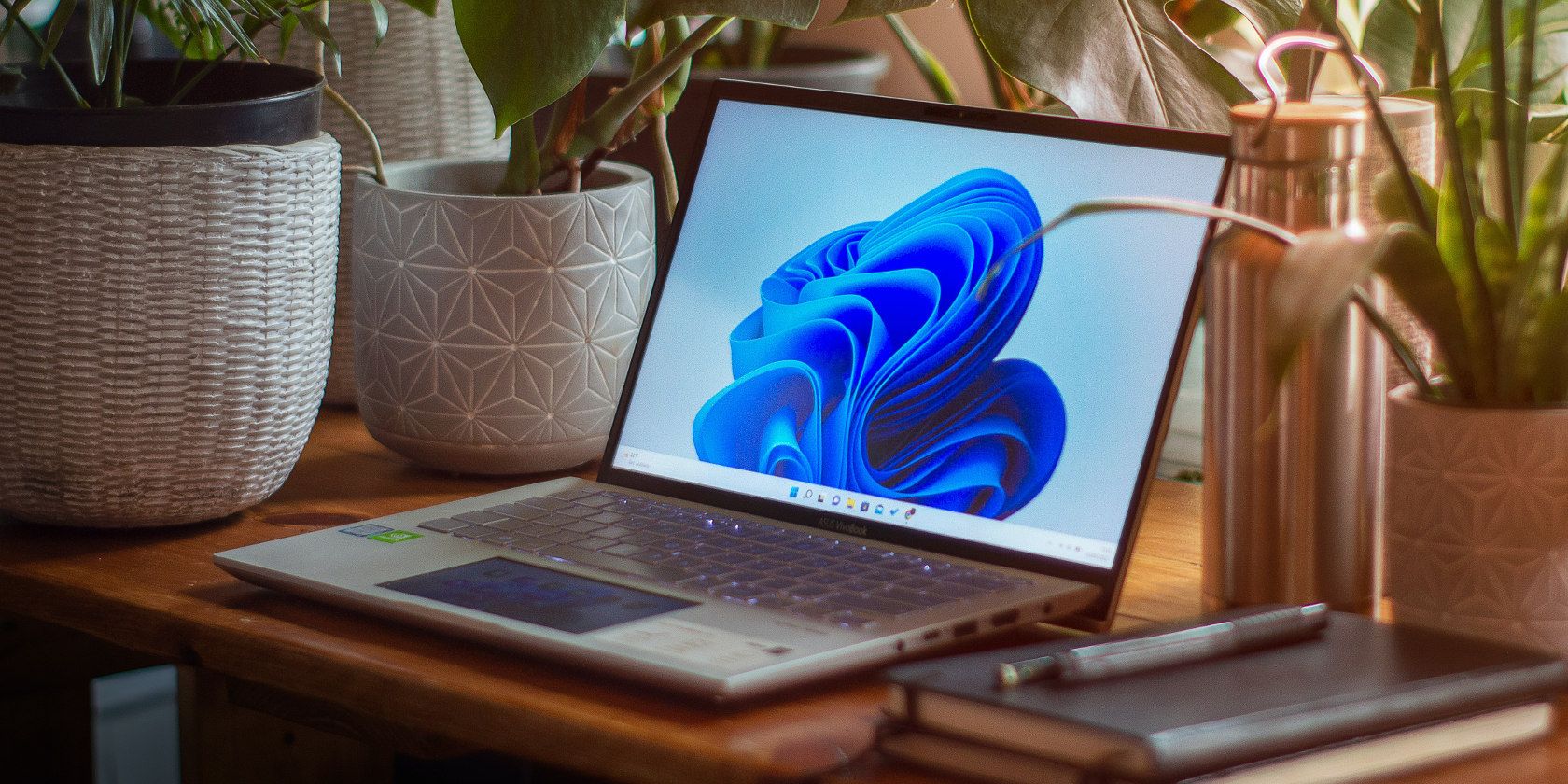
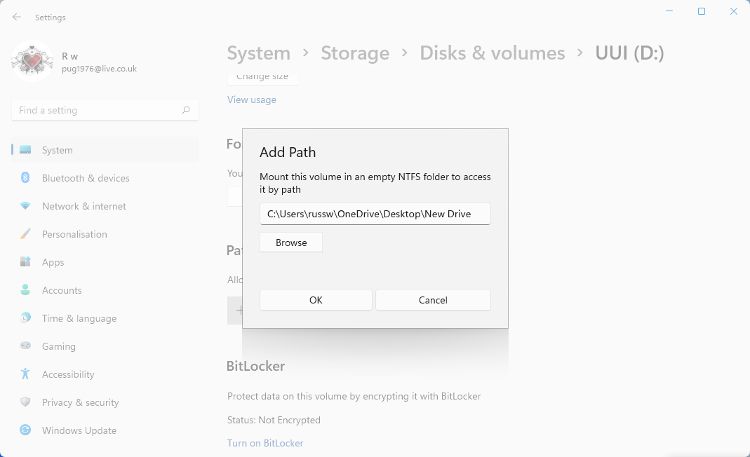
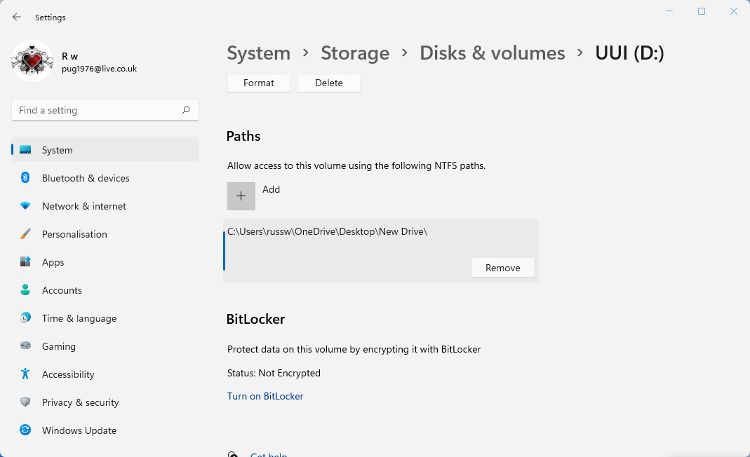
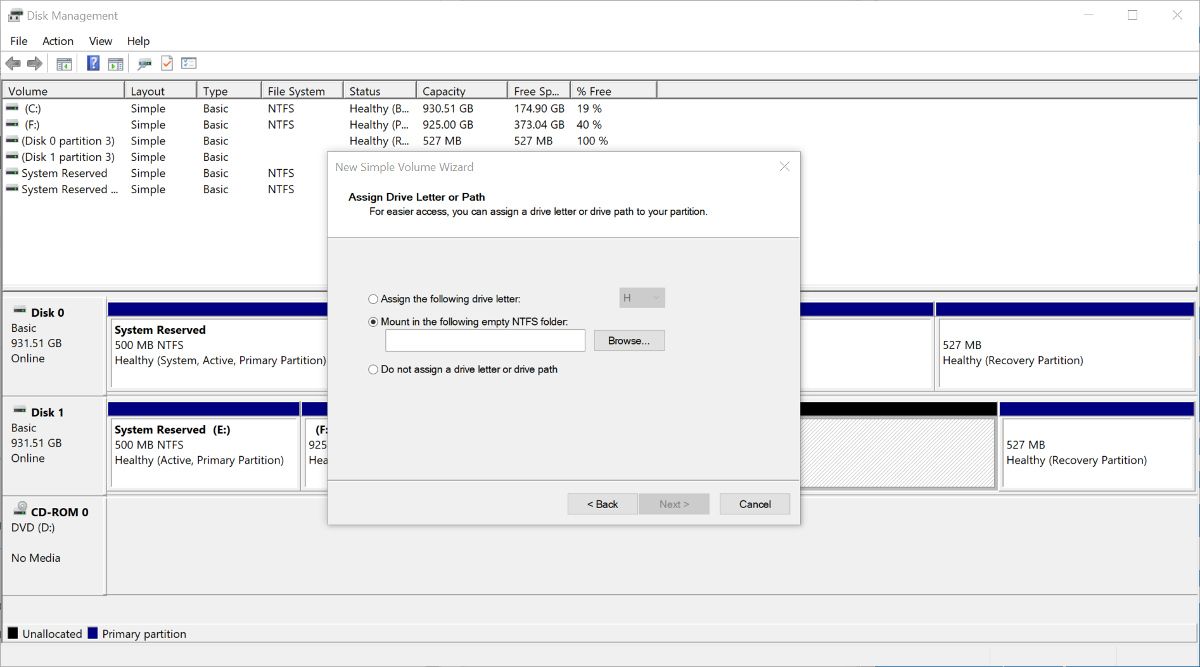
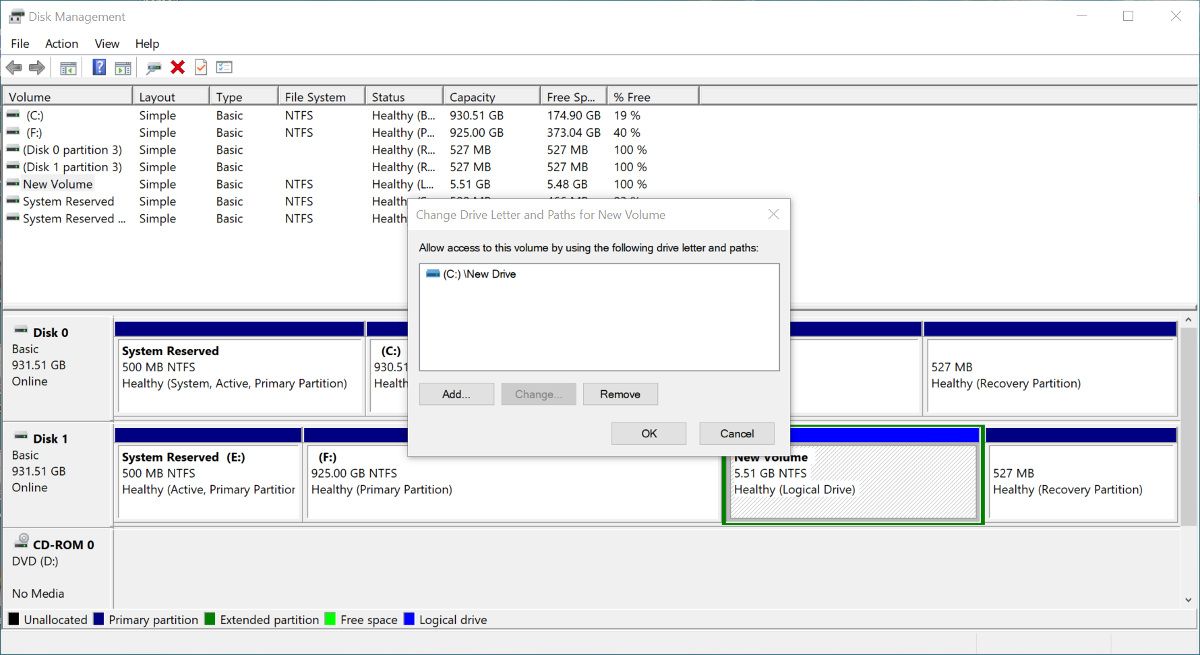
Comments are closed.